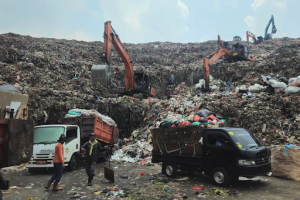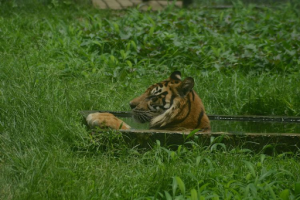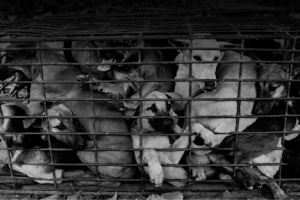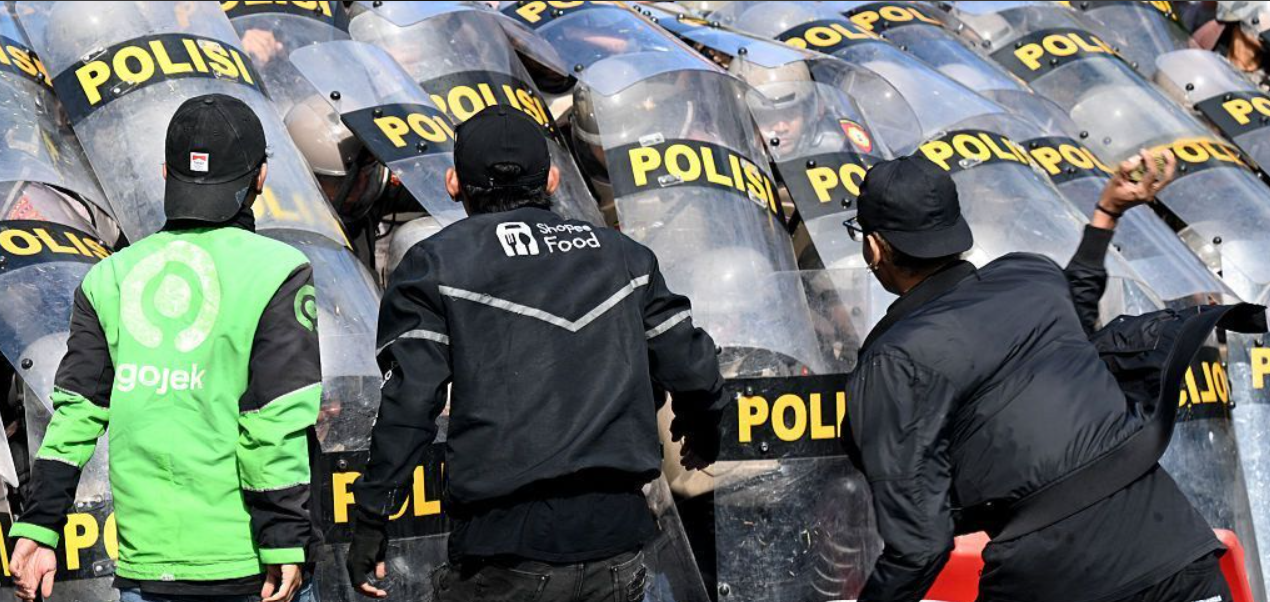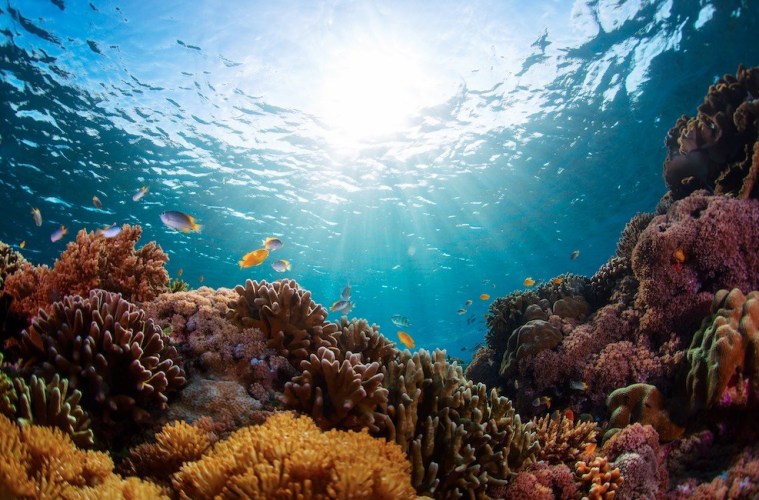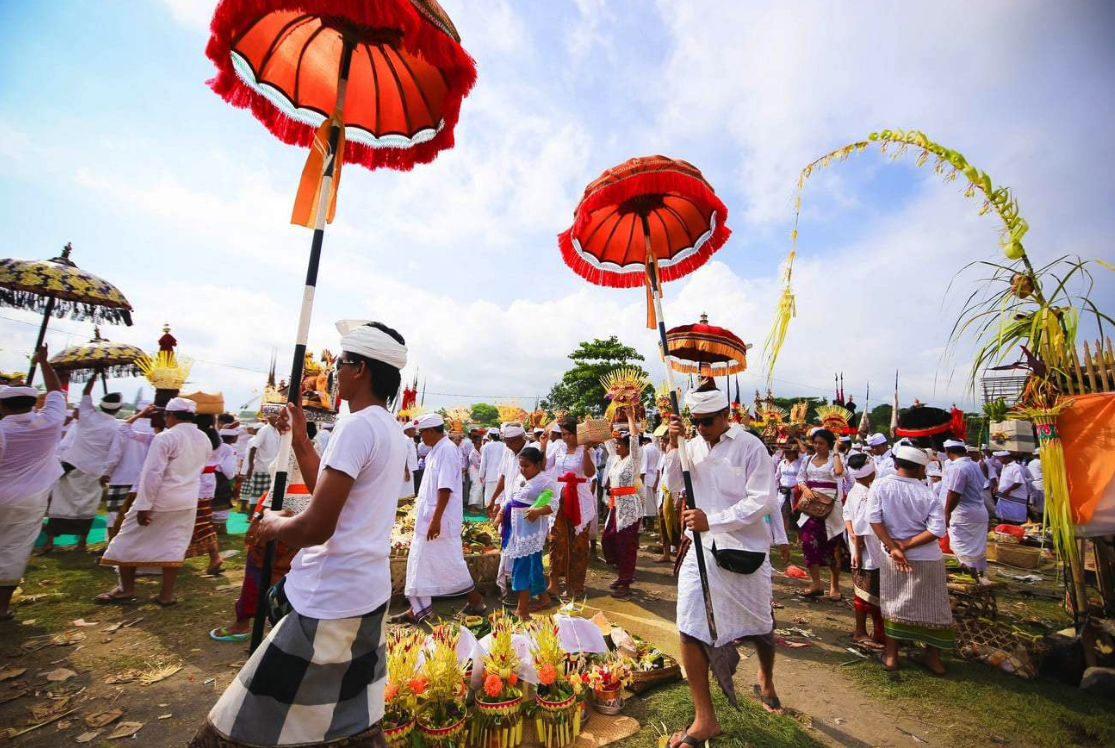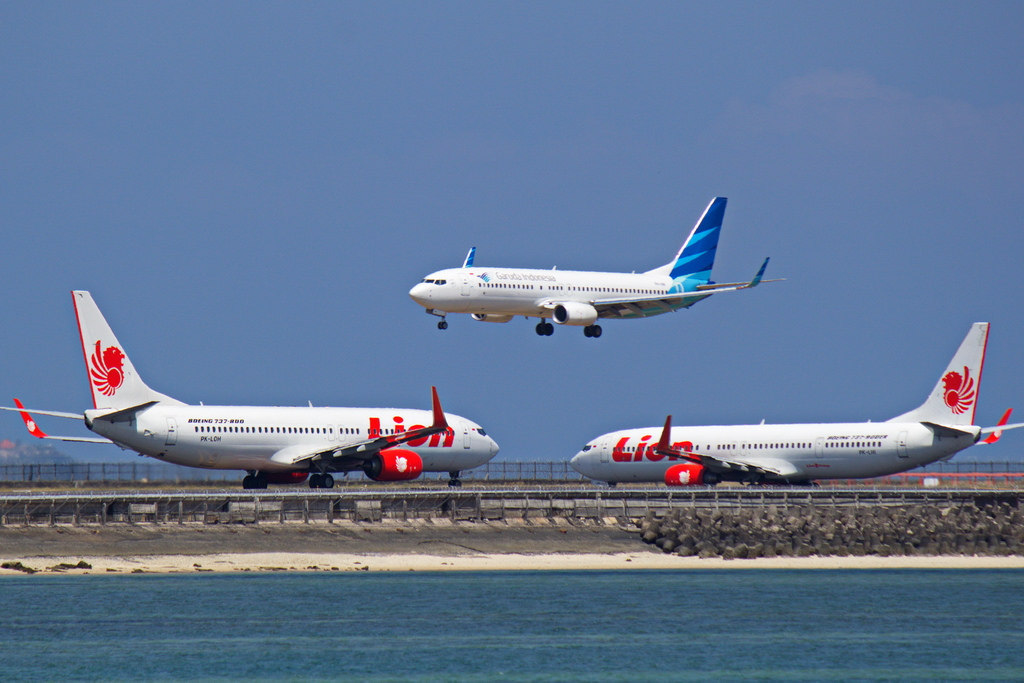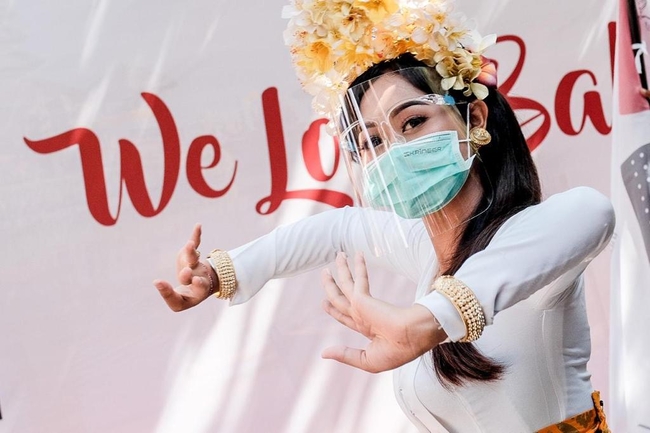 Most of Bali’s people live in villages of 2,000 to 4,000 people on the fertile southern slopes of the island. It is usually only a few minutes’ walk from one village to the next by road or through open rice fields. On the northern coastal strip, the villages are spread along the Java Sea.
Most of Bali’s people live in villages of 2,000 to 4,000 people on the fertile southern slopes of the island. It is usually only a few minutes’ walk from one village to the next by road or through open rice fields. On the northern coastal strip, the villages are spread along the Java Sea.
Traditionally, the social organization of the island was based on the village unit, with each village providing all needs and functions from birth through cremation. The social organization of the village is one of the most unique aspects of Bali. The layout of a Balinese village and the lives of its members, for example, are closely tied to religion. The center of a village is usually an ancient and gnarled banyan tree, banyan trees being regarded as sacred and believed to be the first trees on earth.
A village may have several banjars, with each banjar having separate allegiances to certain temples, palaces, and holidays. Even the city of Denpasar is still rigidly divided into its constituent banjars. All decisions concerning the walfare and future of its people are made by a consensus of all married men in the banjar, and each family has some communal duties to perform for the banjar from time to time.
Almost every Balinese village has its own major temples. The “Pura Desa” (“Village Temple”) stands near the center of the village. Its functions are concerned with everyday village matters and ritually prescribed village gatherings. At the end of the village nearest the sacred mountains is the “Pura Puseh.” This is a temple dedicated to the spirits of the land and of ancient ancestors. (In Bali, the direction of the mountains is considered heavenly and good while the direction of the sea is earthly and evil.) The lowest part of a village or that end nearest the sea contains the “Pura Dalem” (“Temple of the Dead”) and the burial grounds.
In the center of every banjar is the Bale Banjar, or community center. The banjar is the core of village life. Meetings are held here, village feasts are prepared, and people gather to play games or just talk. The communal work is administered from the Bale Banjar. This work consists of repairing roads, bridges, irrigation canals, and temples and preparing for cockfights and celebrations. The Balinese do everything in groups, and bamboo platforms in the banjar, for example, often become places for villagers to sleep, sardine-like, with their friends.
In contrast to the egalitarian nature of the village political and economic organization is the caste system, a mainly social convention based on the Indian ideal. Outside the banjar system, the three higher castes are held in respect and are spoken to in a different language. The three higher castes represent the descendants of the Javanese aristocrats of the 14th century. There is a caste of priests (Brahmana), a caste of rulers (Ksatria), and a caste of warriors (Wesia). Ideally the members of these castes should only marry within their own caste, but this convention is no longer strictly observed.
Language is a complex matter in Bali. Basically there are two different Balinese languages. The common or ‘low’ language is of Malayopolynesian derivation while the ‘high’ language of the higher castes is a Javanese court language largely derived from Sanskrit. A commoner uses the high language when speaking to a member of a higher caste, but he may be replied to in low language. A polite, “middle” language has also emerged. In addition, the official state language of Indonesian is taught in school.

